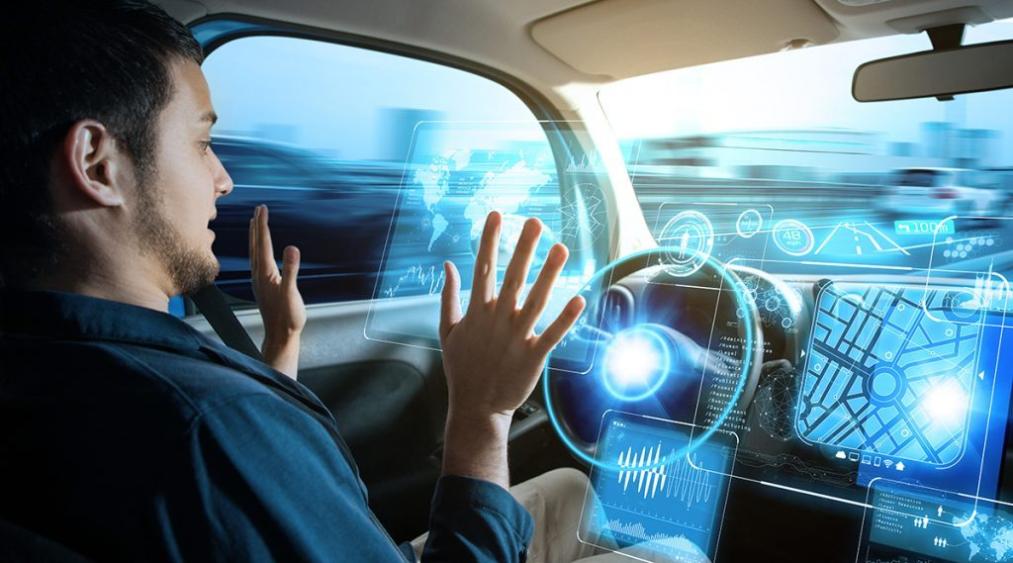How Can AI Help Restaurants Optimize Menu Design?
In today's competitive restaurant industry, menu design plays a crucial role in driving customer satisfaction, revenue, and overall success. A well-crafted menu can entice customers, influence their choices, and leave a lasting impression. Artificial intelligence (AI) is emerging as a powerful tool that can help restaurants optimize their menu design, creating a more engaging and profitable dining experience.

Understanding Menu Design
Menu design involves various elements that work together to create a cohesive and effective communication tool. These elements include:
- Layout: The overall arrangement of menu items, sections, and categories.
- Font: The typeface, size, and style of the text used in the menu.
- Color: The color scheme and accents used to create a visually appealing design.
- Imagery: The use of images, photographs, or illustrations to enhance the menu's visual appeal.
Beyond these visual elements, menu design also considers psychological factors that influence customer choices. For example, the decoy effect suggests that customers are more likely to choose an item that is presented as a more attractive option compared to other similar items. The anchoring bias, on the other hand, suggests that customers tend to rely on the first piece of information they receive as a reference point for making subsequent decisions.
A well-designed menu should be easy to read, navigate, and understand. It should clearly communicate the restaurant's offerings, while also creating a sense of excitement and anticipation among customers.
AI-Powered Menu Optimization

AI-powered menu optimization tools are revolutionizing the way restaurants design their menus. These tools use advanced algorithms and machine learning techniques to analyze data, identify customer preferences, and create personalized menus that are tailored to individual tastes and dietary restrictions.
AI analyzes data from various sources, including:
- Point-of-sale (POS) systems: Data on customer orders, sales, and transaction history.
- Customer surveys and feedback: Information on customer preferences, satisfaction levels, and areas for improvement.
- Online reviews and social media data: Insights into customer sentiment, popular dishes, and trending menu items.
By analyzing this data, AI can identify patterns and trends that help restaurants understand what customers want. This information can then be used to create menus that are more likely to appeal to a wider range of customers and increase sales.
Benefits Of AI-Optimized Menus
AI-optimized menus offer several benefits to restaurants, including:
Increased Sales
- AI can identify popular and profitable items, allowing restaurants to adjust their menus accordingly.
- Personalized menus can lead to higher customer satisfaction and repeat visits.
Reduced Food Waste
- AI can help restaurants predict demand more accurately, minimizing the risk of overproduction and spoilage.
- AI-optimized menus can also suggest creative ways to use leftover ingredients.
Improved Operational Efficiency
- AI can streamline the menu design process, saving time and resources.
- AI-powered tools can automate tasks such as menu printing and distribution.
Challenges And Considerations
While AI-powered menu optimization offers significant benefits, there are also challenges and considerations to keep in mind:
Data Quality And Accuracy
- The effectiveness of AI-optimized menus relies on the quality and accuracy of the data used to train the AI models.
- Restaurants need to ensure they have robust data collection and management systems in place.
Ethical Concerns
- The use of AI in menu design raises ethical concerns, such as privacy and manipulation.
- Restaurants must use AI responsibly and transparently, respecting customer choices and preferences.
AI has the potential to revolutionize menu design and improve restaurant operations. By leveraging AI-powered tools, restaurants can create menus that are more engaging, profitable, and sustainable. However, it is important to address the challenges and considerations associated with AI to ensure responsible and ethical use of this technology. As AI continues to advance, we can expect to see even more innovative and effective ways to optimize menu design and enhance the dining experience.
YesNo

Leave a Reply